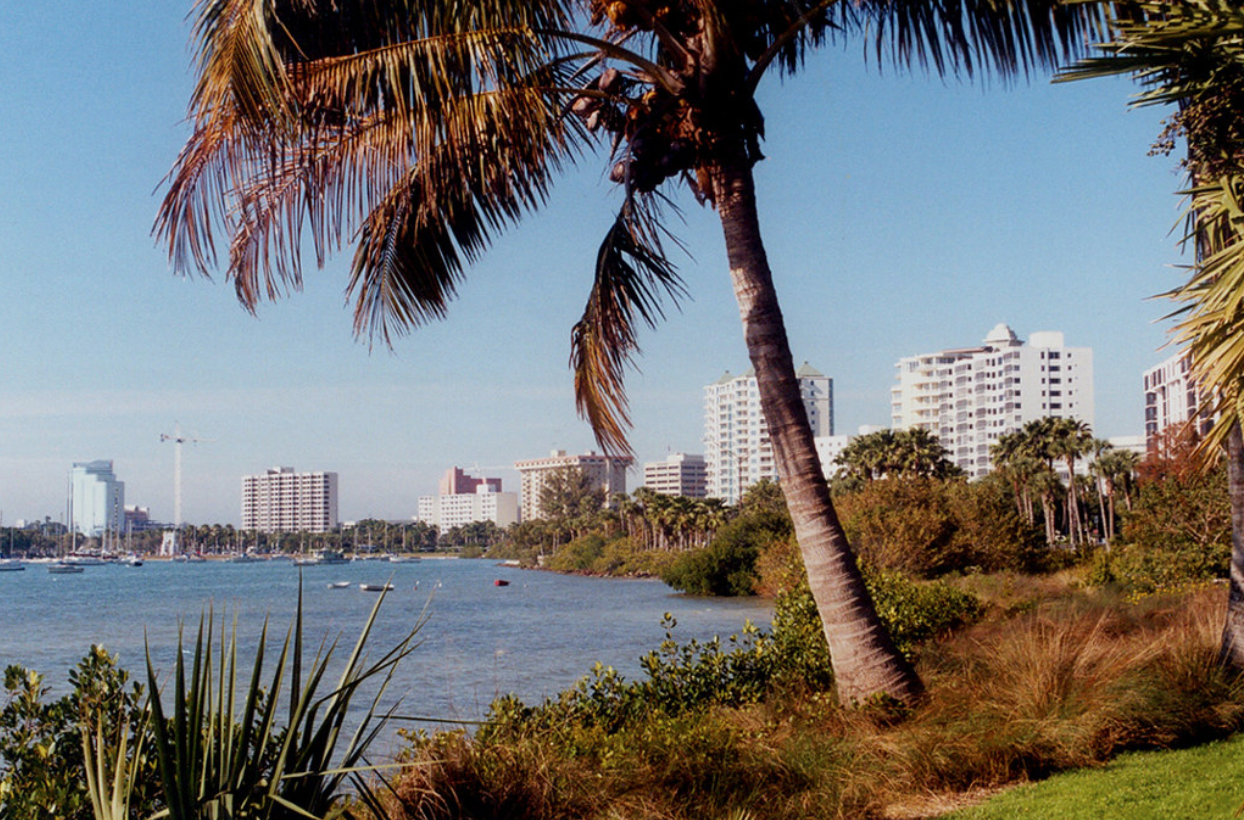Due to an algae decrease, the water quality in Sarasota Bay is the best it’s been in eight years. There is also talk of Sarasota Bay, Roberts Bay, Little Sarasota Bay and Blackburn Bay being delisted for nutrient pollution. Despite this, warming temperatures, storm water runoff and pollution remain threats to the bay.
The main nutrient that scientists are concerned about is chlorophyll-a, which indicates higher levels of algae in the water. An increase in algae leads to the bay water having a more green appearance rather than the crystal blue waters for which Florida is known. Algae feeds on nutrients such as nitrogen and phosphorus, which are often found in the common fertilizers people often use to make their grass greener. However, the runoff from these materials makes its way into the water, feeding the algae. An increase in algae blankets the surface, preventing sunlight from reaching the sea grass located on the floor of the seabed.
The sea grass in Florida is an essential part of the ecosystem, providing food sources to animals such as manatees, crabs, fish and more.
Executive Director of the Sarasota Bay Estuary Program Dave Tomasko released a director’s note on Oct. 6, sharing the news about Sarasota Bay with the public.
“The good news is that the bay segments of Sarasota Bay, Roberts Bay, Little Sarasota Bay and Blackburn Bay will all be delisted for nutrient pollution. The reasons for this are that those water bodies have met their established levels for the amount of algae in the water column (aka phytoplankton, represented by the plant pigment chlorophyll-a) over the past three years,” Tomasko explained.
He stated that the recent regulations and projects such as the Bee Ridge Wastewater Treatment Plant (WWTP) and Advanced Wastewater Treatment (AWT) deserve credit for these downward trends.
“Add in an expansion of our efforts to better communicate to the public how they can lead a more bay-friendly lifestyle – don’t fertilize your lawn in the rainy season (regardless of what some might say), don’t over fertilize during the dry season, don’t blow grass clippings into the bay or drainage features, pick up after your dogs, put in vertical oyster gardens if you live along the water, etc. and you have the potential for a system-wide bay recovery,” Tomasko added.
Although water quality is improving, Tomasko stressed the importance of maintaining this quality. He encourages the public to follow the steps they’ve been doing in order to ensure that water quality doesn’t decrease.
“Our bay’s water quality is getting better – as the data shows, and as FDEP concluded. Not because we did cheap and easy and flashy things, but because our local governments invested in improvements in wastewater and stormwater infrastructure,” Tomasko concluded.

